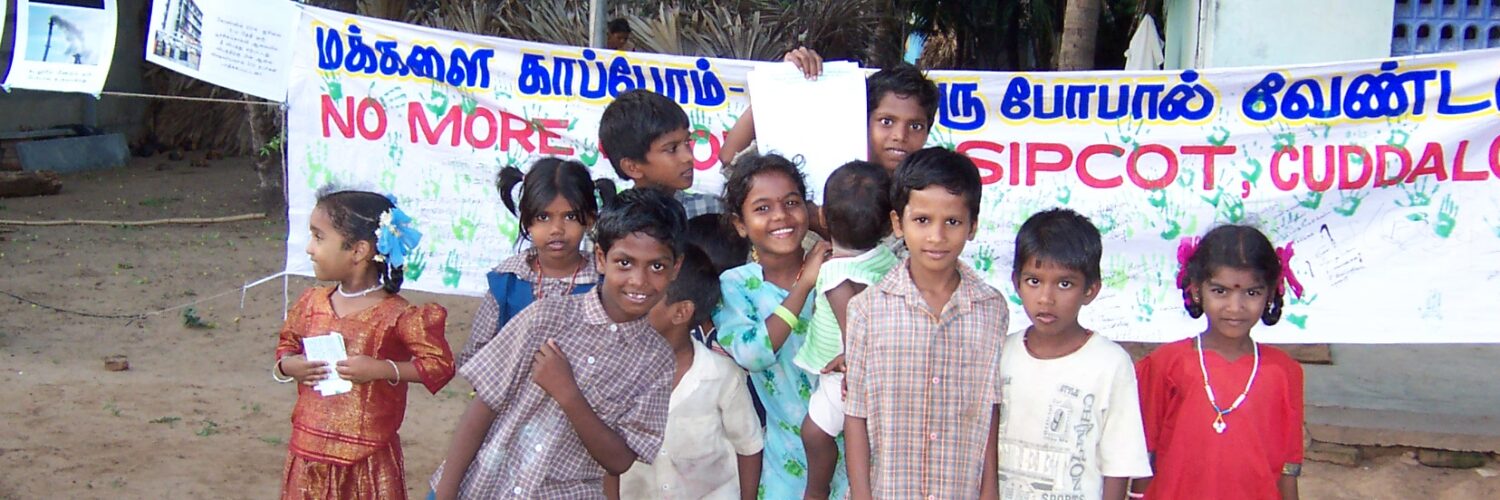When there is no threshold limit, critical pollutants may escape into the atmosphere impacting heavily on ambient pollution levels, and affect the health of vulnerable sections, an environmental activist said
Environmentalists have complained that threshold limits have not been set up for 19 stack parameters for industries falling under the ‘Red’ category in the Cuddalore SIPCOT industrial complex, connected to the Centre for Accessing Real Time Air (Quality) Information Report (Care Air Centre) to assess real-time emission from factories.
Though the Care Air Centre was set up in Cuddalore, a critically-polluted area a decade ago to monitor the ambient air quality, the lack of threshold limits for 19 stack parameters for industries in the ‘Red’ category has resulted in a regulatory vacuum.
According to T. Arul Selvam, coordinator of SIPCOT Area Community Environmental Monitors (SACEM), an environmental watchdog, a reply received from the Tamil Nadu Pollution Control Board (TNPCB) has revealed that for 19 stack parameters, no threshold limits were set by the Care Air Centre.
Thresholds for stack emissions are norms that should have been set up in the first place to regulate emissions from industries.
“When there is no threshold limit, critical pollutants may escape into the atmosphere impacting heavily on ambient pollution levels thereby affecting the health of vulnerable sections including newborn children, women, the elderly and the sick population. Lack of a threshold also means that there is no upper limit that can be used to hold polluting industries liable,” he said.
The fact that TNPCB had been merely collecting data without even setting thresholds that should enable the agency to hold industries accountable for when they emit pollutants at harmful levels clearly indicates a regulatory failure. This could potentially be a roadblock to a proper assessment of the air pollution levels, SACEM said.
According to S. Ramanathan, former member of the Local Area Environment Committee, “The continuing high levels of pollution in Cuddalore is a cause for concern. Keen monitoring of the industries emissions by the regulatory bodies especially TNPCB is the need of the hour to check air pollution levels.” Restricting emissions within safe standards mandated by law and protecting the environment and health of the people is the responsibility of the regulatory agencies, he said.
Continuous Emission Monitoring System (CEMS) should be installed in all large/medium and polluting industries and connected to the servers of TNPCB and the Central Pollution Control Board (CPCB). The stack emission levels should be stringent than the existing standards in terms of the identified critical pollutants, SACEM said.
When contacted, an official of the TNPCB said that the real time air quality of industries was being monitored round the clock and some of the parameters were available in the public domain.
The Hindu
Fair Use Statement
